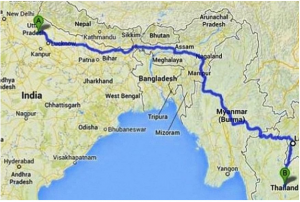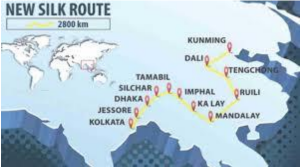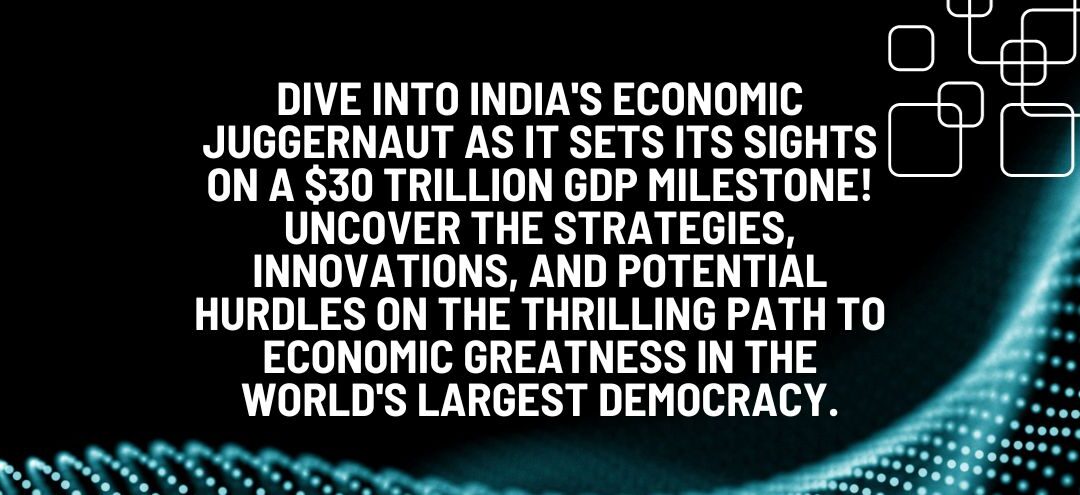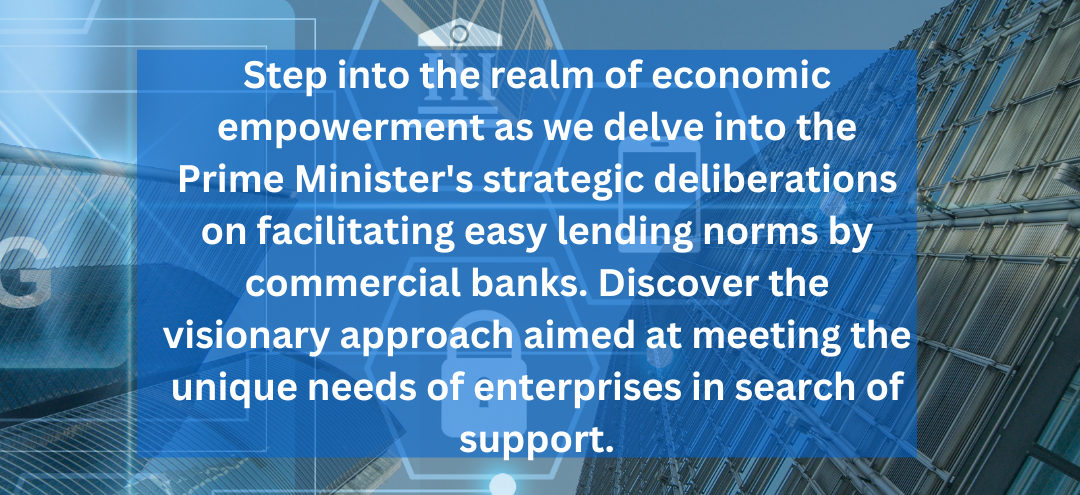The link between a nations foreign policy and economic development is well known. With the advent of digital technologies the world has become increasingly interconnected and any change is nations foreign policy is quickly transmitted and impacts many key economic indicators like trade deficit, FDI flows and more. India’s Act East Policy has been a major focus of current government , it not only reflects the growing role of East Asia as a bloc in new economic order but is also very important for India from a trade standpoint. So the Act East policy is a reflection of internal circumstances and a rapidly fluid external environment. India has renamed its Look East policy to Act East Policy [AEP] which is a glowing recognition that India’s economic agenda has now shifted eastwards to as high as 50% now. The core driver of this shift are nations like Japan, China, Bangladesh and the ASEAN block. ASEAN has a history of trading more with the rest of the worlds than within the region. ASEAN accounts for a combined population of 1.9 Billion which is close to 25% of global population and combined GDP is estimated to be close to US $ 4 Trillion. There are sub-regional initiatives like BBIN (Bangladesh, Bhutan, India and Nepal) within the ambit of AEP as well for example the electricity grid of Bangladesh Bangladesh, Nepal and Bhutan are now connected with India and they already have Power Purchase Agreements with India’s National Power Grid. Work has already started on 45 Km railway link between Agartala in Tripura and Akhaura in Chittagong in Bangladesh. Other than that there are major economic investments underway which have been summarized below
- Trilateral Highway Project
Trilateral Highway proposal aims to link India, Myanmar and Thailand and is part of an overarching multi sector economic initiative of (BIMSTEC), an international organization comprising of Bangladesh, India, Myanmar, Sri Lanka, Thailand and Bhutan. The project will boost economic relationship between India and ASEAN. This project will connect Moreh in Mainpur to Mae Sot in Thailand via Myanmar. There will be 2 border crossings, four customer checkpoints and three customs Electronic Data Interchange systems which will usher in a new era of trade prosperity of India. According to many empirical studies the states in North East Region which would be part of this corridor will witness an increase of 35% over other states through which this corridor does not pass by 2040

- BCIM Economic Corridor
This economic corridor has been proposed between Bangladesh, China, India and Myanmar (BCIM) and will involve multi-modal connectivity to promote trade and investment. It would run between Kolkata (India) to Kunming (China) and pass through Bangladesh and Myanmar. According to a study it can have a positive total trade effect spillover of 5671 Mn dollars.

Source : Md. Tariqur Rahman and Muhammad Al Amin, “Prospects of Economic Cooperation in the Bangladesh, China, India and Myanmar Region: A Quantitative Assessment,”

There are countless other initiatives as well which are part of the India’s act east policy towards especially through Japan which have been India’s long standing counter to China. India is one of the largest beneficiary of Japanese official development assistance loans since 2003 and has been one of the largest recipients of Japanese official development assistance (ODA) loans and has been an official partner of choice be it investments in India’s much fabled Bullet Train project, Japanese Auto clusters in India’s Gurgaon-Manesar-Neemrana Belt, DMIC corridor among others as well.
Conclusion
India’s Act-East policy today is one of the best strategized policy by Indian government. It is being largely on economic rationale to integrate India’s economy with rapidly expanding East Asian economies. It has expanded its focus to not only ASEAN but also to far east economies like Japan and South Korea. This will also help us counter the trade deficit India have with China which is a major trade concern. Incorporation of North East Region by establishing commerce and connectivity projects also have the potential to double GDP of these states in coming five years.
About the Author
Sunil Kumar Gupta is an entrepreneur par excellence, philanthropist and a great visionary. He is the Leader of Indo European Business Forum (IEBF) and also the Founder Chairman of SARC & Associates, Chartered Accountants and SARC Foundation and Life Trustee of Rashtriya Antyodaya Sangh, a Public Charitable Trust. He has over 32 years of experience in diverse fields such as Corporate planning, Financing, Taxation, Banking, Education, Investments, Oil & Gas and in project implementations. He is a Fellow Member of the Institute of Chartered Accountants of India (ICAI), Life Member of Indian Council of Arbitration and Full Member of the Institute of Certified Public Accountants of Uganda (CPA-U).







0 Comments